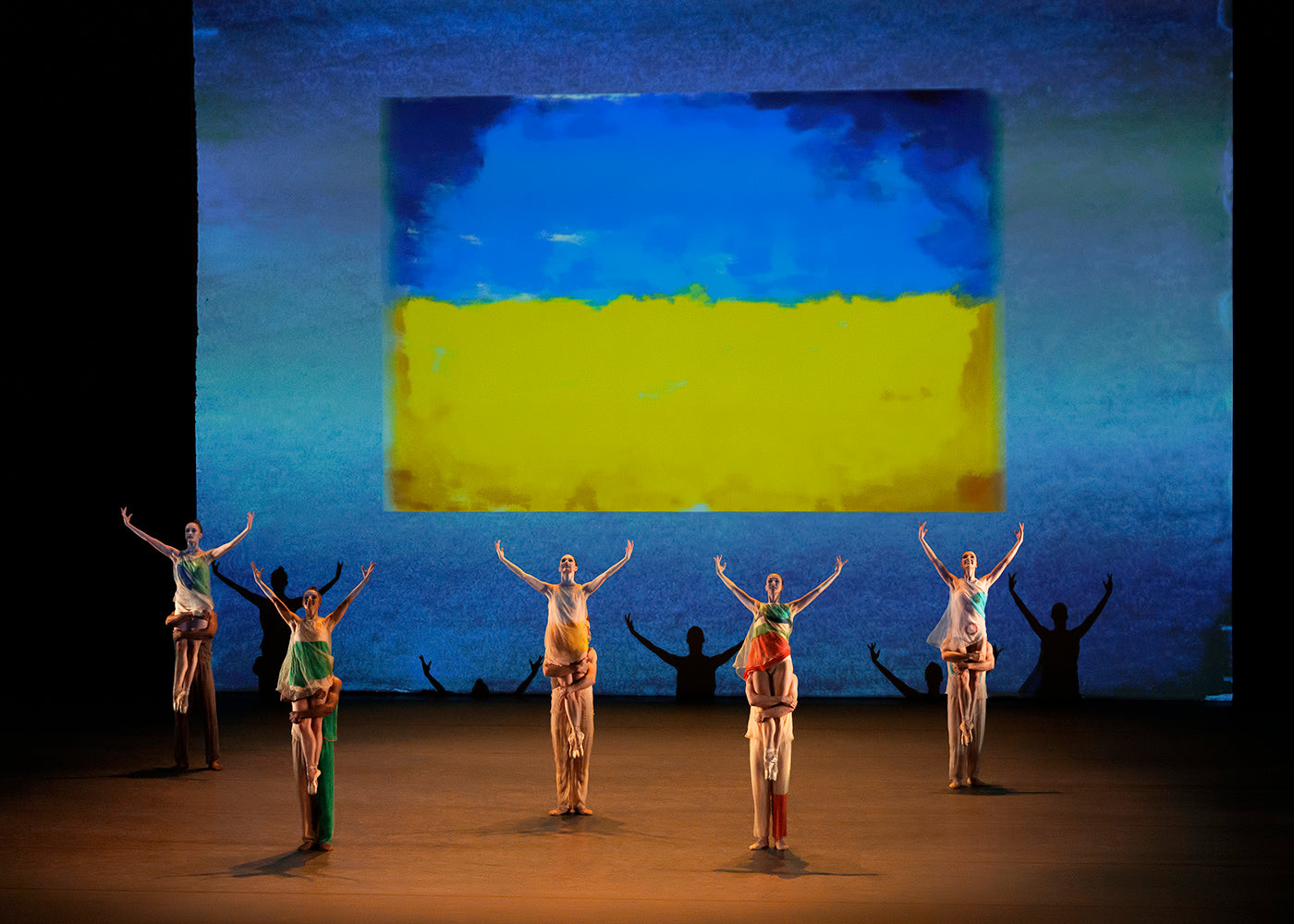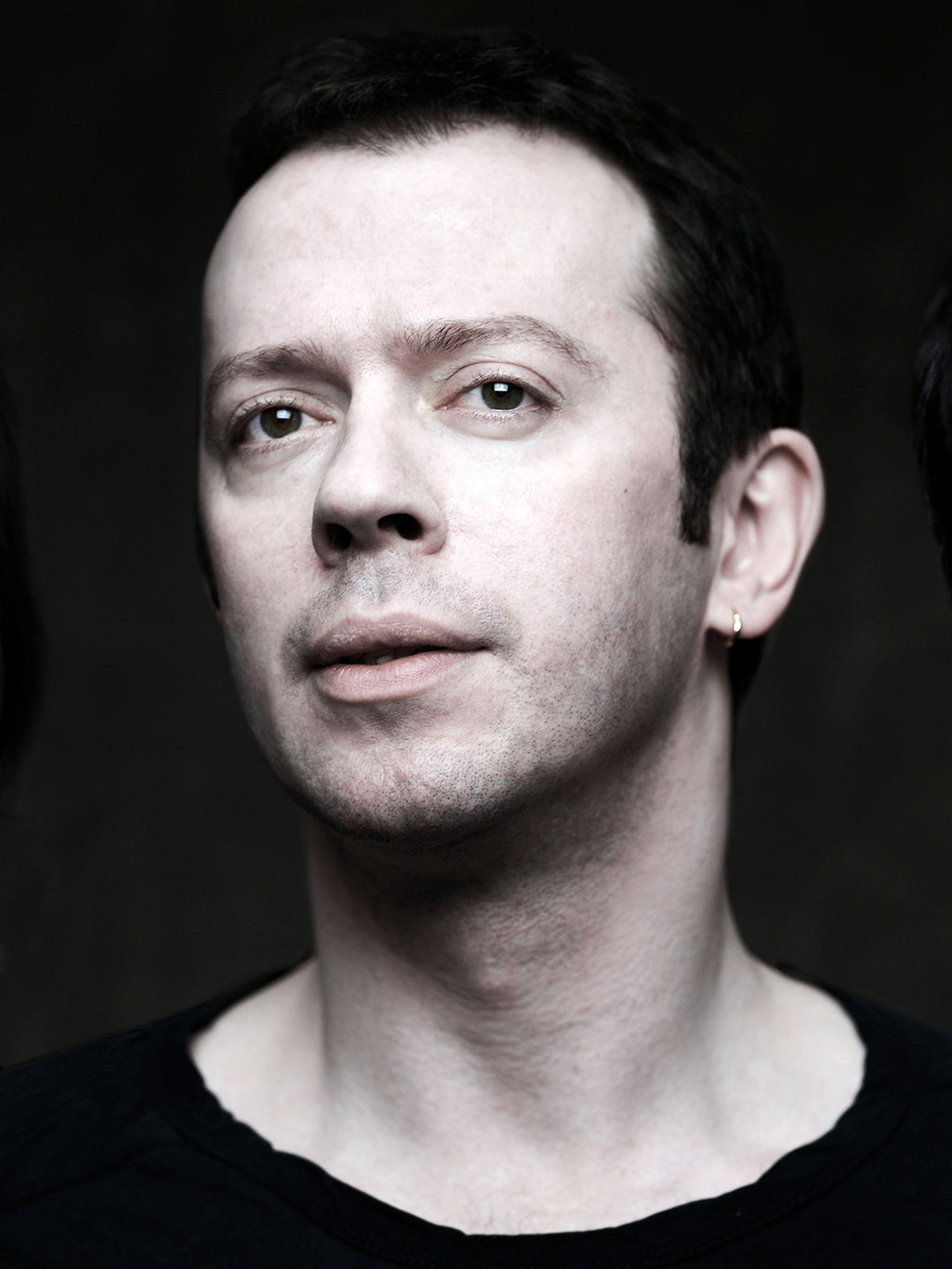Modern Dance Hold’em
Lassoing is a surprising through-line for a Martha Graham Dance Company performance. The theme steps generally tend towards the child-birthing variety: contractions and deep squats.
Continua a leggere
World-class review of ballet and dance.
Earlier this summer I caught up with the choreographer Alexei Ratmansky. A few days later, he would begin his tenure as choreographer-in-residence at New York City Ballet, after thirteen years at American Ballet Theatre. It was clear that this is a time of reflection for him. For the last eighteen months, the country he grew up in, Ukraine, has been fighting off a full-scale invasion by its neighbor, Russia, at great human cost. (On August 18, the New York Times reported that the number of soldiers killed or injured in the conflict had reached 500,000.) Ratmansky’s parents and sister, and his wife Tatiana’s family, are still in Ukraine. And since last summer, he has been working closely with the United Ukrainian Ballet, a company of Ukrainian dancers-in-exile based in The Hague. He has become a strong advocate for Ukrainian culture. Much of Ratmansky’s early choreographic career took place in Russia, and Russian music has been a frequent source of inspiration. The war has led to a rupture from his own past. In a recent conversation, he reflected on how it has affected his way of thinking about ballet, music, and culture, as well as what it means to him to join New York City Ballet, the house that George Balanchine built, thirty years after he first dreamed of dancing in the company.



“Uncommonly intelligent, substantial coverage.”
Already a paid subscriber? Login

Lassoing is a surprising through-line for a Martha Graham Dance Company performance. The theme steps generally tend towards the child-birthing variety: contractions and deep squats.
Continua a leggereAs a dance viewer, it’s easy to get swept up in the grand movements in a piece, glossing over the finer details.
Continua a leggereHubbard Street Dance Chicago was in New York for a two-week run March 12–24 at the Joyce Theater, a venue that consistently programs excellent smaller dance companies in its 472-seat theater.
Continua a leggereThe legendary Cuban dancer Carlos Acosta trained relentlessly to come out of retirement last year for a performance of classical works in celebration of his 50th birthday at the Royal Ballet, where he spent most of his professional career.
FREE ARTICLE
comments